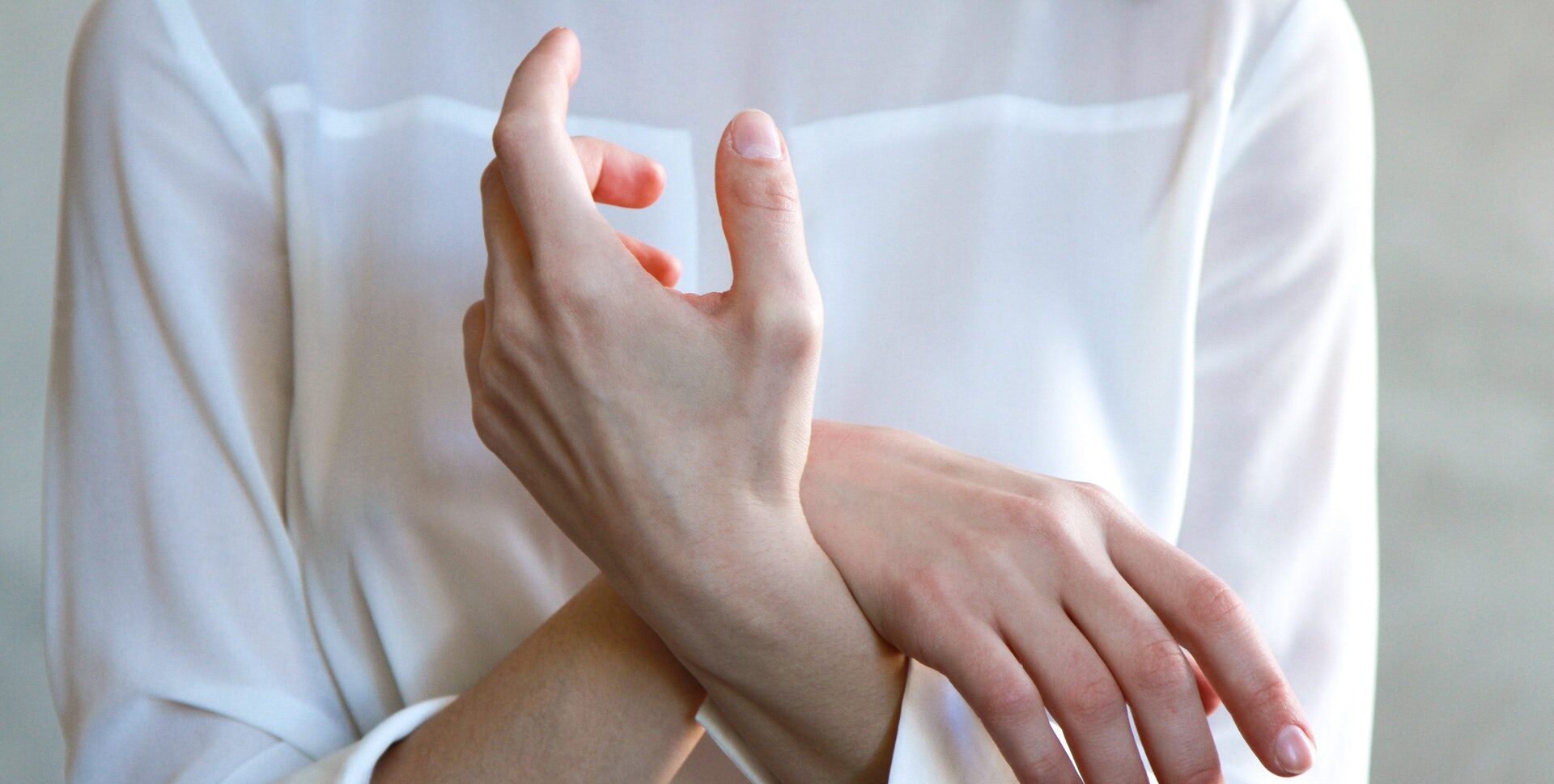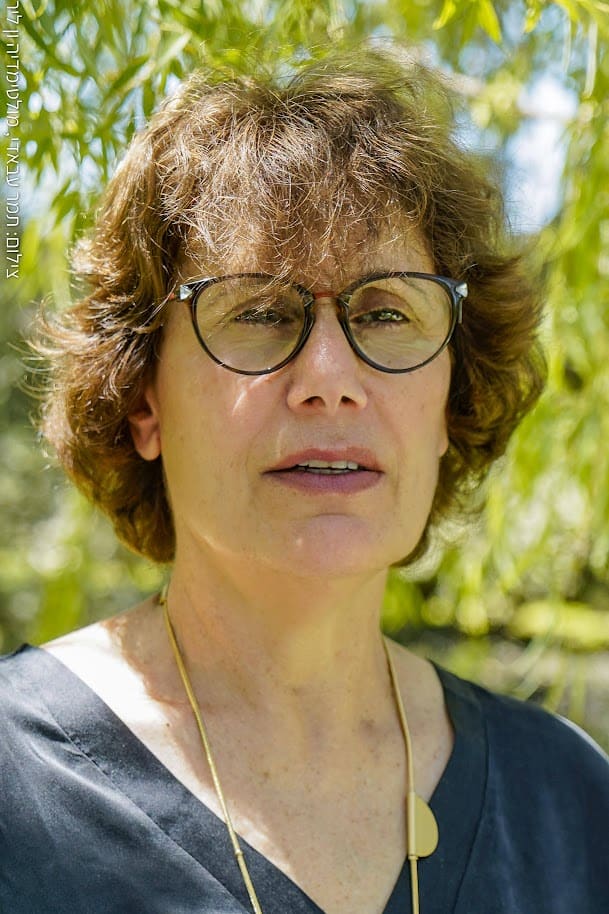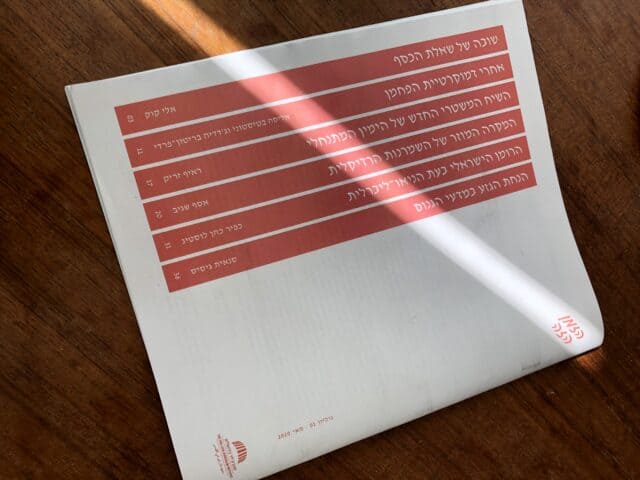Musings about my mother, and others...
Shulamit Laron | 31.07.2022 | Photo: Pexels

Every now and again this website’s editorial board devotes the Spotlight section to the Institute's employees. This time we will aim the spotlight in a little different direction: at an essay written by VLJI employee Shulamit Laron, recently published in the literary magazine “Moznaim,” in an issue entitled “Mother Tongue” (June 2022).

This essay was conceived as part of a unique and intimate training we underwent on personal essay writing. At the meetings we read a variety of essays, we wrote our own essays, and we read them at different stages of the writing, all with the accomapniment and under the guidance of essayist, author and critic Orna Coussin.
Following is the full text of Shulamit’s sensitive, reserved and gentle essay. But first, some of Shulamit’s personal impressions from the process:
“I came to the first meeting full of fears and not knowing what I was going to write about. While listening to segments of essays read by Orna, I knew I was going to write about my mother. The writing process itself was new and fascinating for me. I wrote long and short segments that became a collection of disparate pictures, and then I looked for the basis, the common thread that would connect the parts. And that is how, through my mother's body language and my own, the story was born."
Essential Tremor
Shulamit Laron
my mother –
after her death
her silence
(haiku by Caroline Gourlay from Lull Before Dark, Brooks Books, 2005)
Some say that as we age, we more closely resemble our parents. I see fragments of my mother in me, and I carry her love within me. I see the similarity between us as well as the difference. A collection of bits and pieces that weave a collage of two women: her discretion/my angry outbursts; her restraint/my tears; her vigor and vitality/my withdrawn and dreamy self; she, razor sharp, her messages clear and fluent/mine in excited outbursts; she and her silence/I and my non-silence; she and her sister in their special connection/I and my two brothers, one distanced in America and the other close to me.
My mother would sit in the armchair in the living room, her hands enfolded in a special way. Her right hand tightly clasping her left.
When agitated, she tightened her grip. She would press her right palm tightly against her left palm, until the joints of her fingers turned white from the strength of the grip.
When working in the kitchen, holding a knife, she would sometimes cut one of her fingers, and immediately take the towel, wrapping her hand to stanch the blood, and say, “It’s nothing.” I seem to have taken this in and not attached much importance to it; she only cut her finger. I also do that when I cut my finger. I don’t make a fuss.
We never spoke about the trembling of her hands, we ignored it, repressed it. So I never inquired why my mother hid the tremor. I wonder: Did she want not to appear weak to her children? Or was this her way to cope by repressing it? That was another generation, another time.
My mother and her clasped hands, pressed together, came to mind when my hands began to tremble the same way. Which concerned me greatly, of course. It happened a few years ago. First the left hand began to tremble gently, then the right one. Over time, the trembling increased. I tried to hide my shaking hands as my mother had done all those years.
My mother, so fearful of illness, for whom being sick was almost a death sentence, who did her best to ignore not only her own illnesses, but mine as well, had ultimately bequeathed to me the same disorder. It’s a neurological syndrome called essential tremor, which causes involuntary and rhythmic trembling, usually of the hands, but it can appear in almost any part of the body such as the head, neck, and vocal cords. The shaking increases during simple tasks like holding a glass, writing, or carrying bags full of groceries. It’s not dangerous but expected to worsen over time.
One Friday evening at dinner with friends, we were speaking about Covid, vaccinations, and illness in general, when Gadi, my friend, said, “I remember Miriam and the shaking of her hands.” I was stunned. “You noticed my mom’s shaking?!” “Of course,” he replied straightaway. Within myself, the thought arose: Did my mother really think she had managed to conceal her illness? And what would she have replied to a direct question: “Miriam, why are your hands shaking?” And I?
If asked, I simply reply: My hands shake.
Sometimes after a shower I stand naked in front of the mirror observing my body and I find more and more similarities with my mom. Before me stands a familiar woman, me. My breasts are no longer firm as they had been, the shoulders and pelvis are broad, the thighs are thick, and my waist is narrow like my mom’s. Father used to say that when she was young, he could encircle her waist with his two hands. I study my belly that has filled out. My eyes wander over my body, blue veins reflecting through the thin, pale skin like hers. Unlike her, dozens of brown freckles, large and small, are scattered across my body, popping up and proliferating everywhere like mushrooms after the rain, from year to year.




